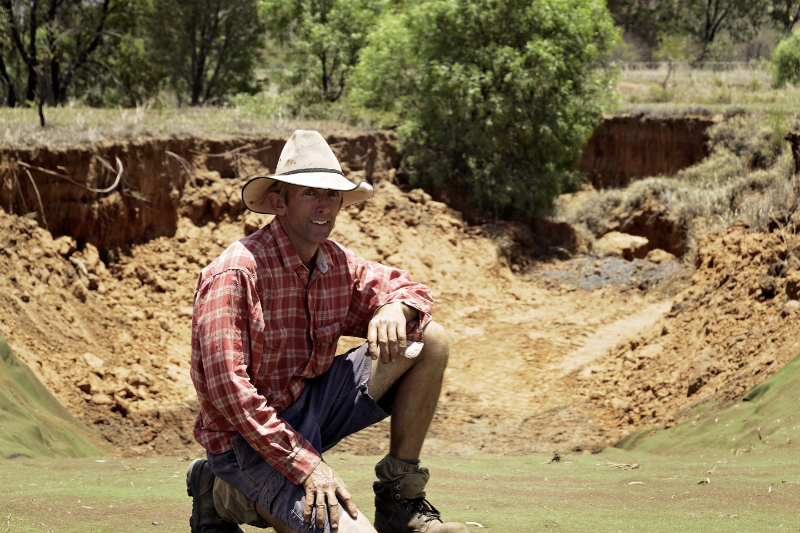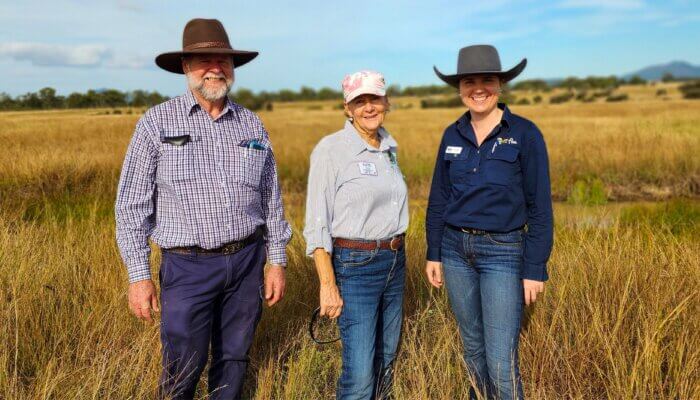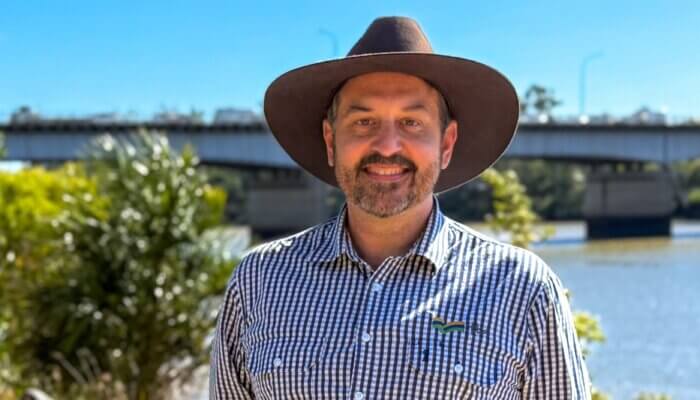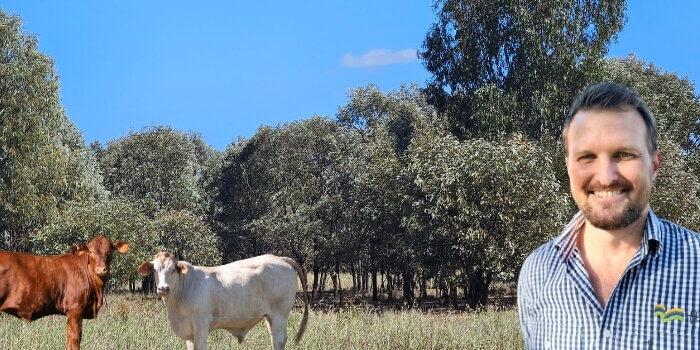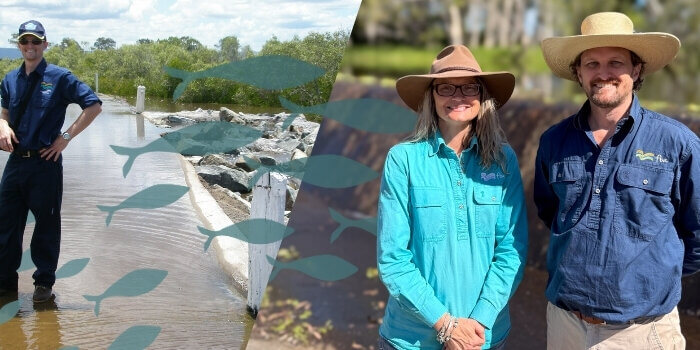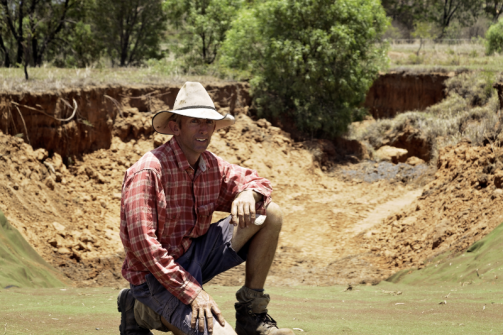
New gully repair projects document sediment savings in bid to save reef
Posted on November 23rd, 2015
A group of six Central Queensland graziers have put their hand up to be guinea pigs in a new program to fix significant gully erosion problems on their properties and document the actual sediment savings for the Great Barrier Reef from on-ground changes in gully management.
Through funding from the Australian Government’s Reef Programme, Fitzroy Basin Association Inc. (FBA) is working with landholders to make changes, and then using their projects as demonstrations sites for the benefit of surrounding landholders.
FBA Senior Project Officer – Water and Agriculture, Bronwyn Roberts said erosion from gullies is considered one of the greatest risks to the health of the Great Barrier Reef.
“Using FBA’s sediment risk mapping all six projects were located in high-risk sediment areas and chosen due to their different soil types. By doing this, we can gain the greatest outcomes for landholders and significant learnings for graziers in the surrounding regions as well,” Ms Roberts said.
Three of the six properties will be the focus of Demonstration Field Days in early 2016 to showcase to graziers the range of initiatives used to reduce erosion and keep sediment on-farm. These included leaky weirs and silt traps to slow flow and trap sediment, diversion banks to direct flow and spread water, and earthworks to reduce the slope of creek banks and increase grass coverage.
“These graziers are gaining the benefit of the best expertise and technology we have, with site specific erosion mitigation plans, site assessment and measurement both before and after the projects, and photogrammetry imagery using drones to help calculate the sediment savings,” she said.
“The knowledge and experience of our staff, the soil conservation consultant and the project landholders themselves will then be used at our Demonstration Field Days to allow more graziers to see the benefits of these erosion mitigation activities to maintain their grazing lands and reduce sediment from the Fitzroy Basin reaching the Great Barrier Reef.”
For Robert Cunningham of “Myrtle Park”, a 10,000 acre grazing property 35 kilometres east of Emerald, the gully erosion project on his property focussed on a gully close to the headwaters of Soilpit Creek, one of the tributaries of the Comet River.
“In the fifteen years I’ve been associated with Myrtle Park the gully has run a couple of hundred metres [wide], and every time I drive past it or around it, it seems to disappear more into the grass and the trees…slowly eroding good, viable grazing country into a gully,” Mr Cunningham said.
“The 2010/11 wet years did not help it at all and hopefully if we can develop a system, not that we can stop it in its tracks, but hopefully we can slow it down a bit,” he said.
“There’s only so much land we’ve got and if it all runs away from us, it limits our ability to achieve. It’s tough for people to put money into things they don’t see big benefits out of, but long term, it’s not just us, it’s our future.”
The Demonstration Field Days will take place in early 2016 at “Brussels”, Ogmore; “Etonvale” Clermont and “Moorang” Taroom with dates to be confirmed.
For more information about gully erosion projects and opportunities for funding to reduce sediment reaching the Great Barrier Reef visit http://fba.org.au/tenders-and-funding/





